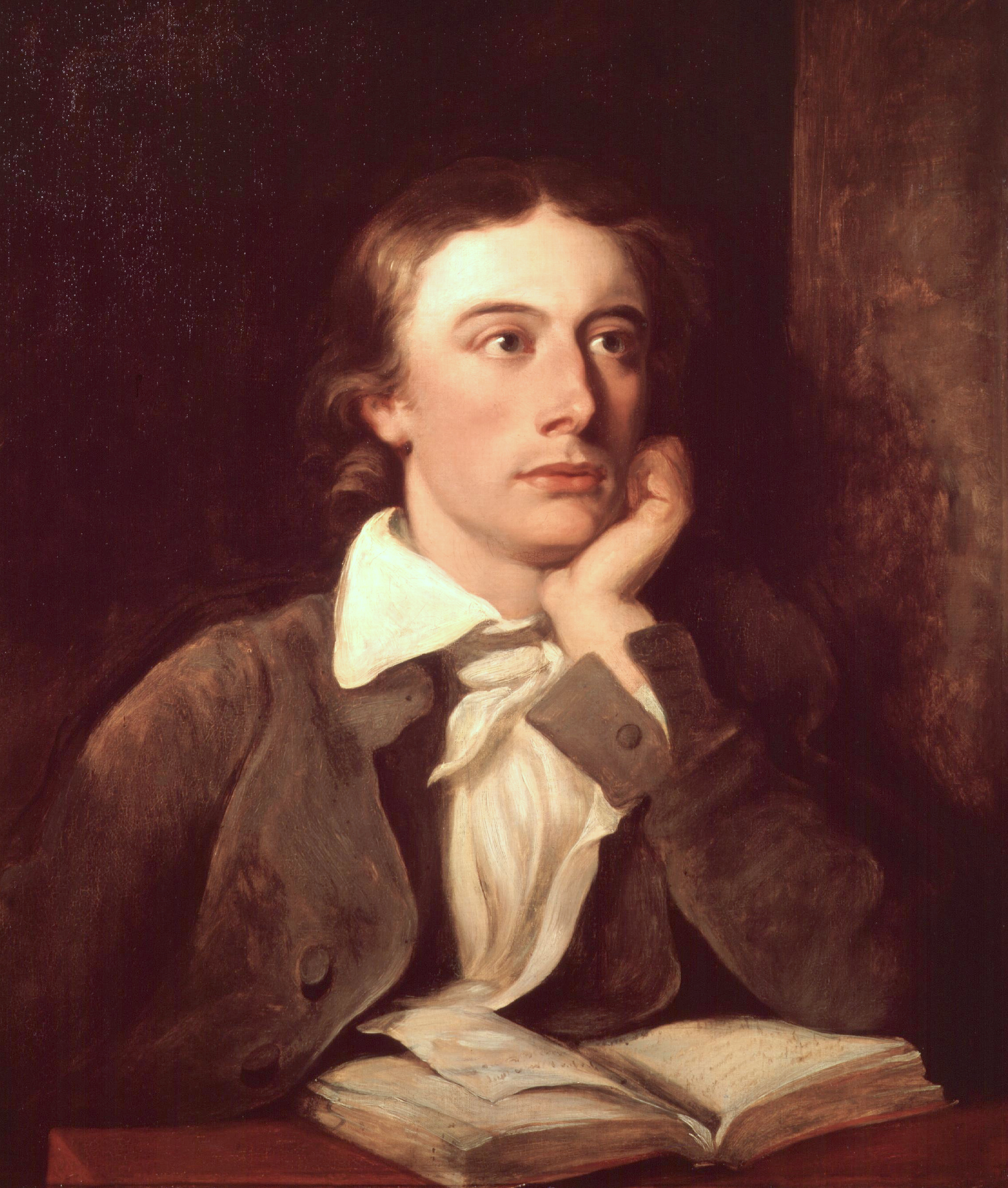Tender is the night. (ang.)
użyte przez F. Scotta Fitzgeralda w tytule jego powieści z 1934 roku.
Źródło: Oda do słowika (1819)
John Keats słynne cytaty
„Rzecz piękna jest radością wieczną.”
A thing of beauty is a joy for ever. (ang.)
Źródło: Endymion, w. 1 (1818)
„Myślę, że po śmierci będę wśród Angielskich Poetów.”
I think I shall be among the English Poets after my death. (ang.)
Źródło: list do George'a i Georgiany Keats (14 października 1818)
„Piękno jest prawdą, prawda pięknem!” – oto
Co wiesz na ziemi i co wiedzieć trzeba.”
Źródło: Oda do urny greckiej (1818–1819), tłum. Zenon Przesmycki (Miriam)
La) Belle dame sans merci. (fr.
tytuł ballady z 1819 roku, zapożyczenie z tytułu wierszowanego dialogu Alaina Chartiera, poety francuskiego.
„Tutaj spoczywa ten, którego imię zapisano na wodzie.”
Here lies one whose name was writ in water. (ang.)
Źródło: epitafium na grobie Keatsa (1821)
John Keats: Cytaty po angielsku
“And lucent syrops, tinct with cinnamon.”
Stanza 30
Poems (1820), The Eve of St. Agnes
“Tis the pest
Of love, that fairest joys give most unrest.”
Bk. II, l. 365
Endymion (1818)
“Forlorn! the very word is like a bell
To toil me back from thee to my sole self!”
Stanza 8
Poems (1820), Ode to a Nightingale
“They will explain themselves — as all poems should do without any comment.”
Letter to George Keats (1818)
Letters (1817–1820)
“Love in a hut, with water and a crust,
Is — Love, forgive us! — cinders, ashes, dust.”
"Lamia", Pt. II, l. 1
Poems (1820)
“He ne'er is crown'd
With immortality, who fears to follow
Where airy voices lead.”
Bk. II, l. 211
Endymion (1818)
“And for her eyes: what could such eyes do there
But weep, and weep, that they were born so fair?”
"Lamia", Pt. I, l. 61
Poems (1820)
Bk. I, l. 72
Hyperion: A Fragment (1819)
Letter to George and Thomas Keats (December 22, 1817)
Letters (1817–1820)
“The silver snarling trumpets 'gan to chide.”
Stanza 4
Poems (1820), The Eve of St. Agnes
“Works of genius are the first things in this world.”
Letter to G. and F. Keats (January 13, 1818)
Letters (1817–1820)
“Call the world if you please "The vale of soul-making."”
Letter to George and Georgiana Keats (April 21, 1819)
Letters (1817–1820)
"Lines on the Mermaid Tavern", l. 1–4
Poems (1820)
“The music, yearning like a God in pain.”
Stanza 7
Poems (1820), The Eve of St. Agnes
Letter to Richard Woodhouse (October 27, 1818)
Letters (1817–1820)
“I think I shall be among the English Poets after my death.”
Letter to George and Georgiana Keats (October 14, 1818)
Letters (1817–1820)
Letter to James Hessey (October 9, 1818)
Letters (1817–1820)
I stood tip-toe upon a little Hill; reported in Bartlett's Familiar Quotations, 10th ed. (1919)
